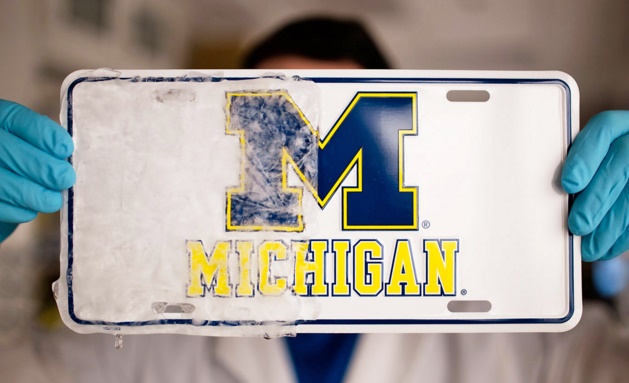When we talk about residential internet in the US, cable internet is one of the most common practices of staying connected, presently covering more than 194 million citizens.
While packages and speeds usually vary enormously among different regions, all the cable services are transported via coaxial cable (same as what traditional analog TV service was delivered) to provide a reliable and fast internet connection to consumers.
As per the industry reports, the updated cable technology i.e. DOCSIS 3.0 is being used by 85% of American households and is proficient enough to provide download speeds as fast as 100 Mbps.
For further details about the amount of cable service providers and how they work. Here is a glance at the compiled list of all the providers offering their services in the United States:
What is cable internet?

Cable internet or broadband is a process of transporting high-speed internet to houses and companies through cable TV substructure.
A fiber, DSL, and fixed wireless networks, cable channels the “last mile” in the middle of the conventional Internet “pillar” and consumer residences.
Cable internet is pretty similar to DSL since both utilize copper cables to transport data as an electrical indicator, contrasting to fiber cables which utilize optical signal (mostly, light). Whereas DSL uses outdated copper phone wires, cable broadband utilizes similar coaxial copper cables for delivering video and sound to cable TV subscribers.
Cable offers bandwidth and speeds similar to DSL, with popular residential plans proposing between 1–10Mbps for uploads and 20–100 Mbps for downloads.
Conceptually, cable wires are further advanced than DSL, facilitating faster speeds with better bandwidth. In practicality, cable services are “shared” within the localities employing a technology known as Statistical Multiplexing. This brings the prices down for providers and consumers at the cost of considerably reduced speeds, predominantly during peak hours of usage.
What are the components of a cable internet network?
Most of the cable broadband networks are in theory HFC (Hybrid Fiber Coaxial) connections.
In a Hybrid Fiber Coaxial connection, fiber optical cable conquers the space between the local service area and provider. Once the distance is covered, it dismisses at an optical node, and that interprets the optical signal to an electrical indicator. That electrical signal is then channeled through the branches of coaxial cable to different homes, where cable modems divide the TV and Internet signals to deliver it to a residential network.
In some instances, amplifiers or repeaters are used to increase the signal every 600 meters and so.
Should we avail Cable Internet Service?
If fiber-optic internet is not accessible in your area, cable internet would be your best bet when it comes to fast and reliable internet service. Before you subscribe, you must make sure to do some research and compare all the available cable provider(s) and their plans to comprehend their reputes primarily with regards to their customer support, billing transparency, and data caps. For example, Mediacom services are known for their class apart services and at par Mediacom customer service. You don’t want to regret it later.
Advantages of Cable Internet
Huge Coverage Range
Cable internet services influence the prevailing structure. There is extensive coverage throughout the central US and is a great option for dependable wired broadband.
Low Latency
Cable internet service has considerably lower latency as compared to other internet service types in the market. This allows it to get a faster “return trip” of data building the connection much more rapidly than any other alternates for instance satellite or fixed wireless.
Reasonably Fast Speeds
After the most recent versions of DOCSIS 3.0 cable internet has emerged as a commendable solution for providing fast upload and download speeds that would support the maximum number of users’ needs.
Restrictions that come with Cable Internet Connection
Electrical Centered
Because cable technology consumes electrical flows to transfer data the bandwidth proficiencies and forthcoming utility of coaxial cables could be weak as compared to the fiber optic networks.
Insufficient Providers
Due to the overall cost for producing a coaxial structure, several areas in the US only get access to only one cable service provider leaving consumers with a limited range of services.








Leave a Reply